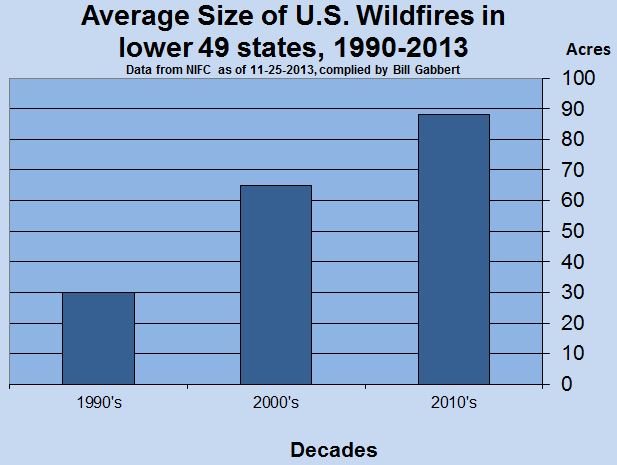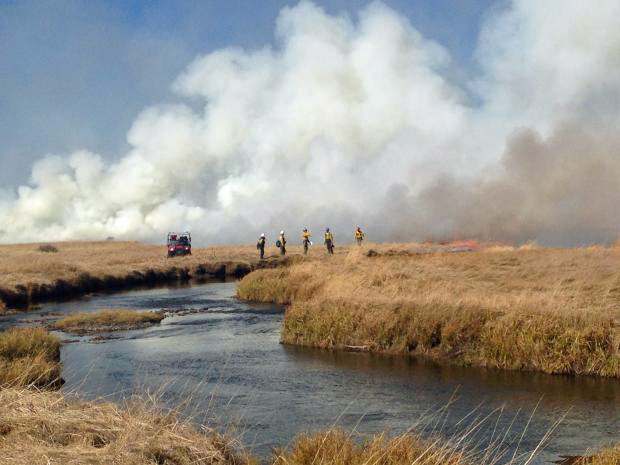When California Governor Jerry Brown visited the site of the Rocky Fire that burned over 69,000 acres and destroyed 43 homes, he linked this summer’s large fires in his state to climate change, saying, according to the LA Times,
The fires are changing…. The way this fire performed, it’s not the way it usually has been. Going in lots of directions, moving fast, even without hot winds… It’s a new normal. California is burning.
In an article that should have been published on the Opinion page rather than in the News section, LA Times Reporter Paige St. John wrote:
Brown had political reasons for his declaration.
Ms. St. John supported her argument by listing positions the Governor has taken on climate change, implying, therefore, that the Governor’s stance on climate change is “political”. Governor Brown previously encouraged presidential candidates to state their position on climate change, supported legislation to reduce gasoline use in California, and has spoken about climate change negotiations that culminate in Paris in December.
The article also includes information from fire experts who mention other factors that affect fire behavior, such as landscapes altered by a century of fire suppression, timber cutting, and development.
Ms. St. John wrote:
But climate scientists’ computer models show only that global warming will bring consistently hotter weather in future decades. Their predictions that warming will bring more forest fires — mostly in the Rockies and at other higher elevations, while fires may actually decrease in Southern California — also are for future decades.
The NOAA chart below, from an article we published in September, 2014, displays the average temperature in California for January through August of each year, from 1900 to 2014. It shows a clear trend in California of rising temperatures. Not “in future decades”, but for the last 115 years.
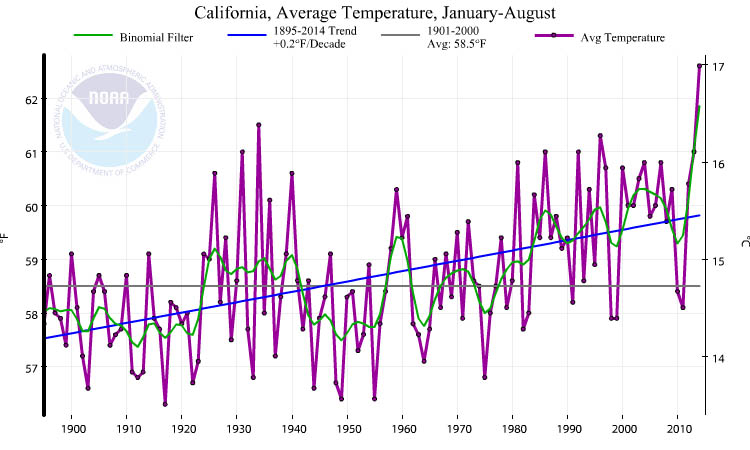
The graphic below from the 2009 Quadrennial Fire Review written for the U.S. Forest Service by the Brookings Institution, documents the “Lengthened fire season due to climate change”.
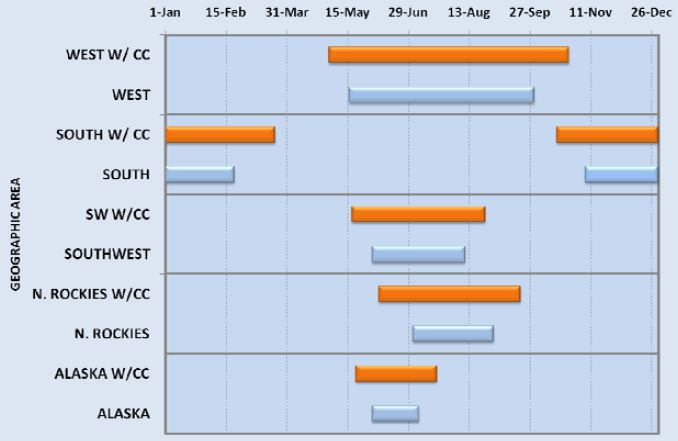
Researchers are predicting that beginning 26 years from now the number of weeks in which very large fires could occur will increase by 400 to 600 percent in portions of the northern great plains and the Northwest. Many other areas in the West will see a 50 to 400 percent increase. The portions of California that have vegetation capable of supporting large fires will see increases of 50 to 300 percent or more.
If they are correct, the effects of climate change are not generations away. Firefighters starting out today will be dealing with this on a large scale during their careers.
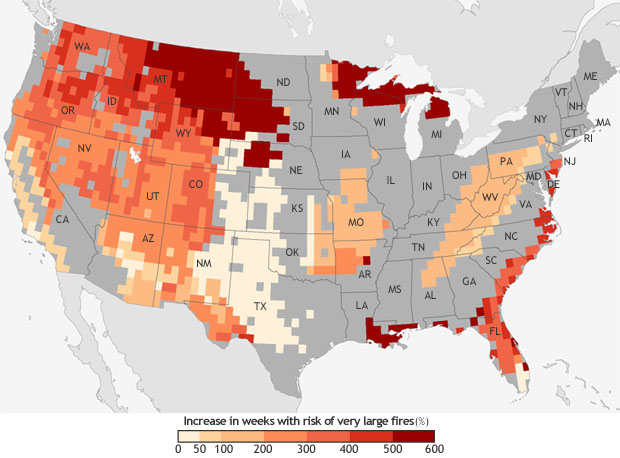
It is our position that unusual weather for one day, a month, a year, or even a decade does not prove or disprove a long-term climate trend. So when a senator brings a snowball onto the Senate floor or a governor talks about this summer’s fires to prove their cases that climate change does not or does exist, both are over stating their “evidence”. (In the first example, to a ridiculous extent.)
Both gentlemen need to consider much more data, such as the average size of fires over the last few decades or the California temperatures over the last 115 years.
And yes, there are factors other than weather that affect the size of fires, including decades of fire suppression in some areas. But not all large fires have burned in areas that have not been visited by fire in 50+ years. A careful analysis can’t discount the effects we are experiencing now — higher temperatures and longer fire seasons.

